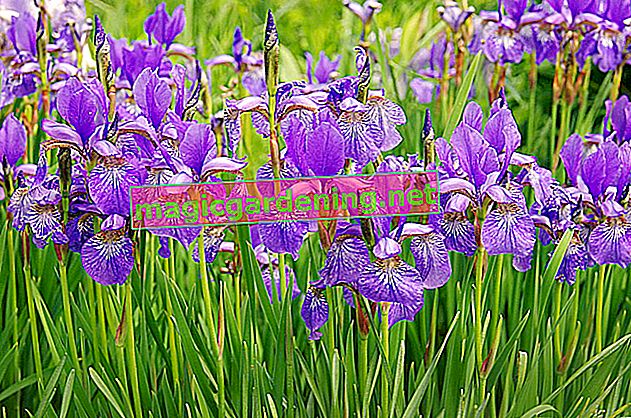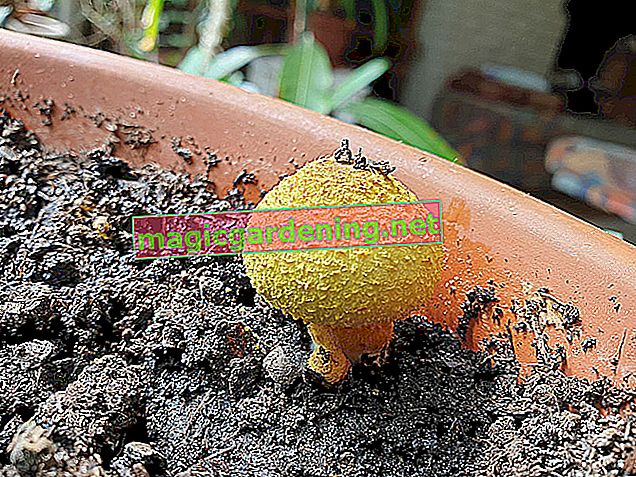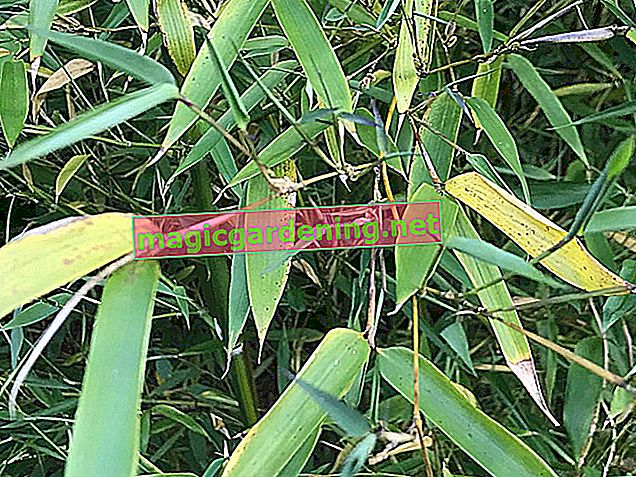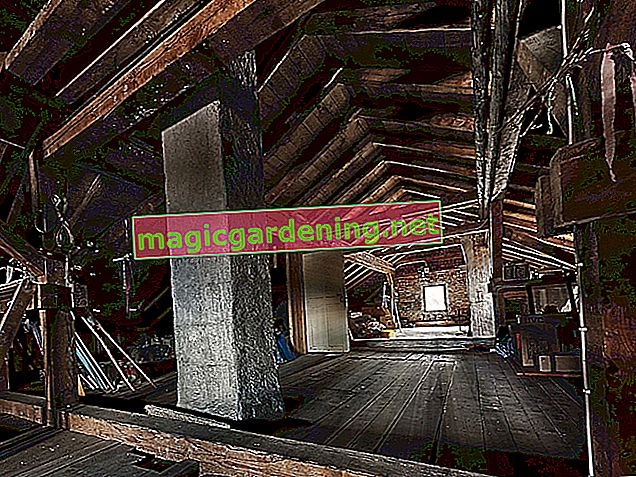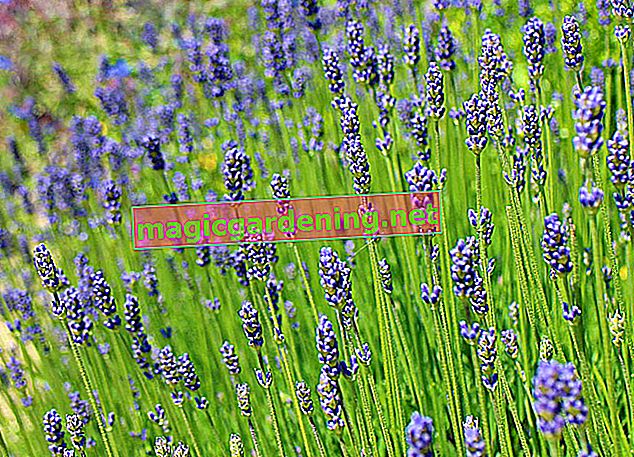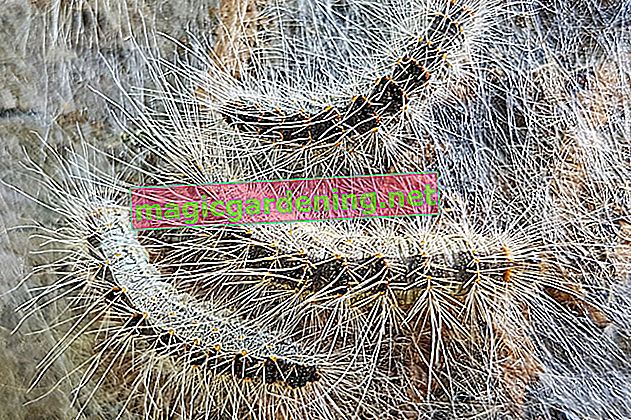
document
The rooted part of the cherry tree is called the rootstock, also called wildling. Above all, the rootstock determines the vigor and intensity of growth; it is responsible for the lifespan, willingness to flower and yield of the future cherry tree.
also read
- Inoculate cherry tree - one of the types of refinement
- Refine stone fruit properly
- Growing cherry trees yourself requires patience
Vegetatively propagated rootstocks or seedlings are used for grafting. There are slow-growing, medium-strong and strong-growing rootstocks. Black cherry, soft cherry or steppe cherry are used as a base for the sour cherries. For the sweet cherry, the growth retarding rootstocks such as Weiroot, GiSelA, Colt or Piku are used.
Edelreiser
Edelreiser are the annual shoots that you cut between December and January from the cherry tree whose properties you want to increase. The noble twigs should be around 30-40 cm long, pencil thick and come from healthy, fertile trees. They are kept in a cool place in the damp sand during the winter.
The Edelreiser mainly give the following characteristics of the future cherry tree:
- Taste, color and quality of the fruit,
- Resistance to fungi,
- Sensitivity to frost.
Finishing process
Refinement is the actual transfer of the noble veins onto the base. The right time for this is around the end of April / beginning of May, when the cherry trees start to blossom. Before budding, the substrate is cut back so far that only one tension point remains next to the crown stump. This serves to supply the noble rice with nutrients and water. The noble rice is grafted onto the base by stuck behind the bark and firmly connected to it.
A distinction is made between bark plugs and goat's foot plugs. While in the case of a bark plug, only the bark of the base is cut, in a goat's foot plug a notch is cut in the wood behind the bark. In addition, a noble rice can be connected to an equally strong base by means of copulation. The ends of the pieces to be connected are cut at an angle, placed on top of one another and connected. The finishing point is always connected with raffia and coated with tree wax (€ 5.99 at Amazon *).
Another finishing technique is called oculation. With this method, a bud, the so-called eye, is cut out of one cherry tree and inserted into the other, in the bark of which a T-cut was previously made. This type of finishing is used in summer, usually at the beginning of August, when the eyes of the noble variety have developed sufficiently and the bark of the base can still be easily removed.
Tips & Tricks
The sweet cherry varieties usually need a pollinator variety nearby. You don't have to plant a second cherry tree for this. You can only refine individual shoots if there is no pollinator for the first variety.


